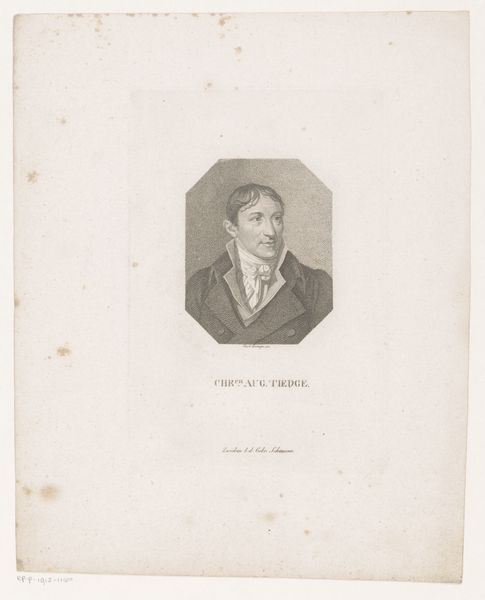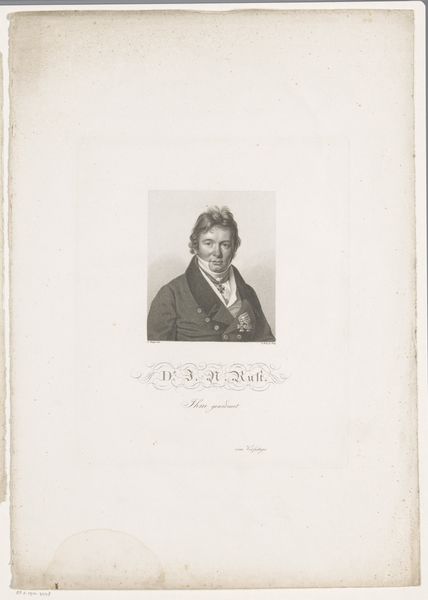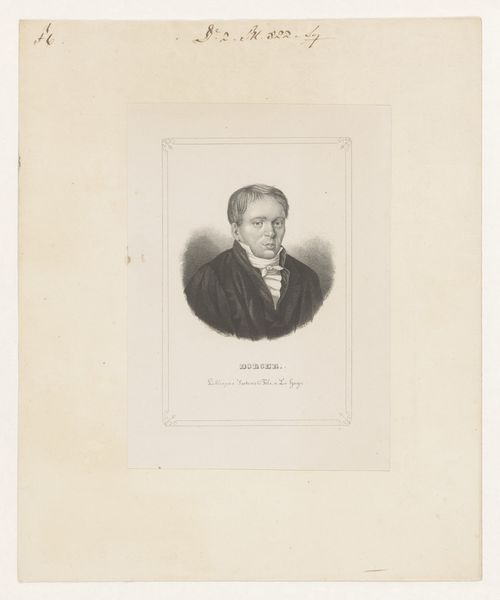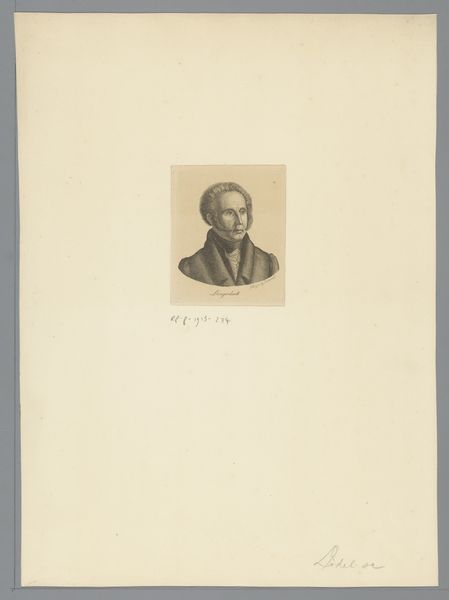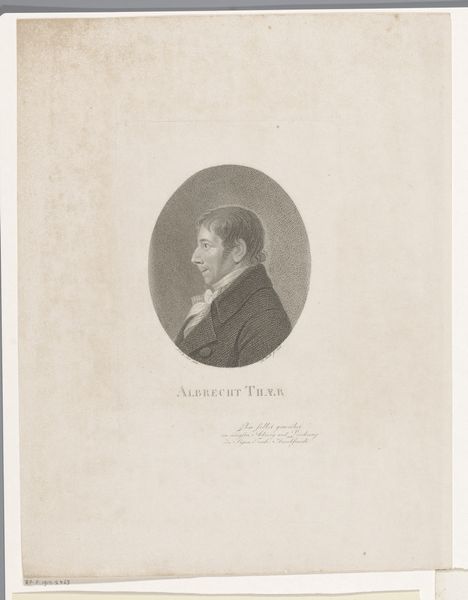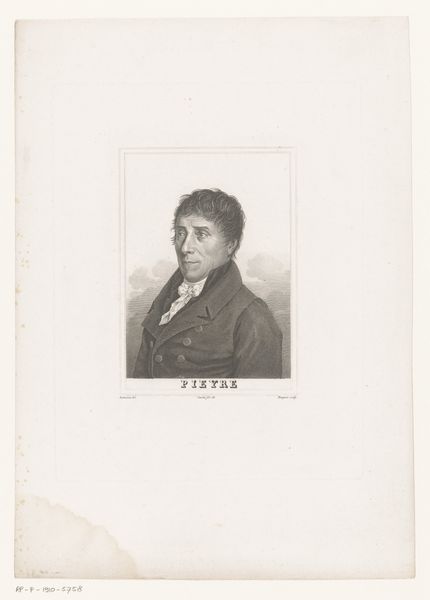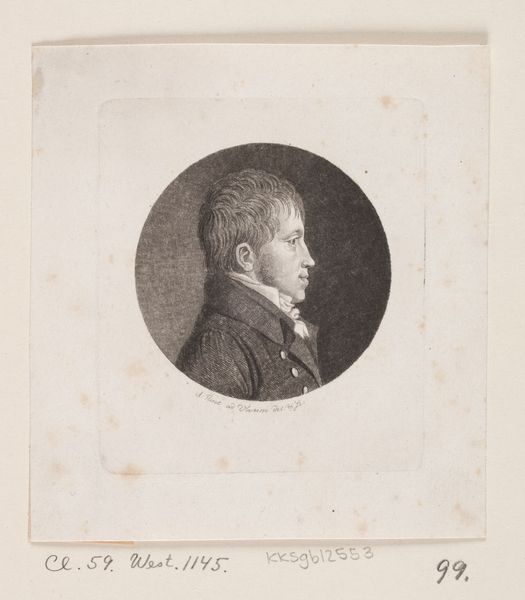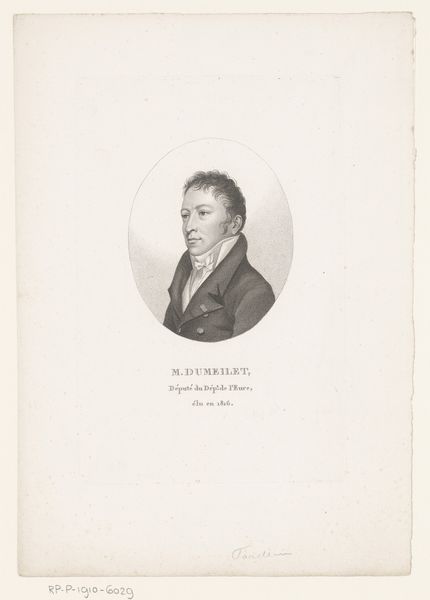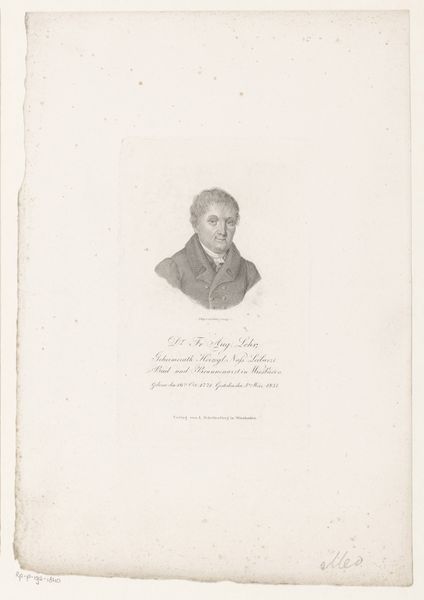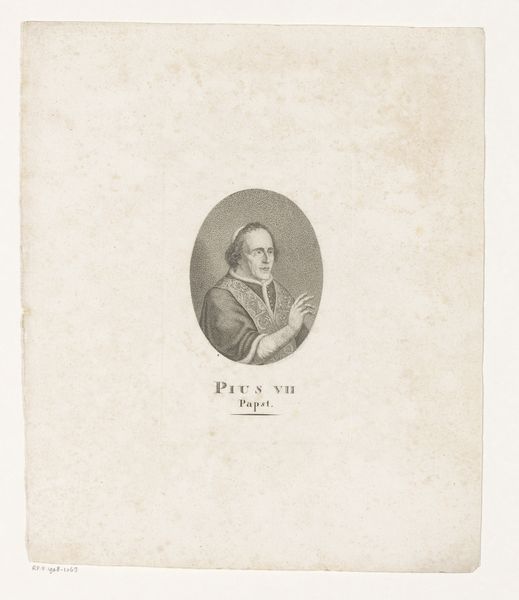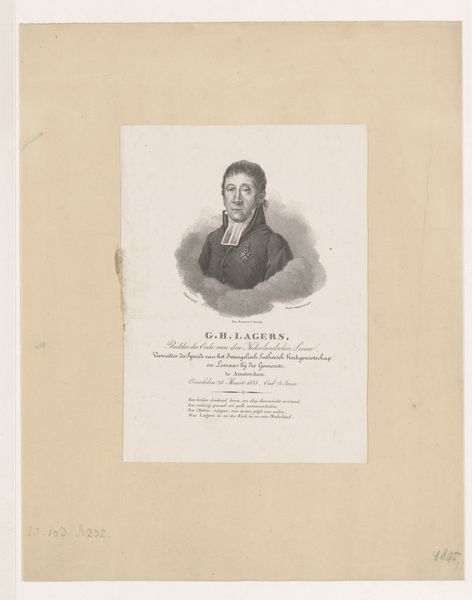
print, engraving
#
portrait
#
neoclacissism
# print
#
engraving
#
realism
Dimensions: height 171 mm, width 117 mm
Copyright: Rijks Museum: Open Domain
Curator: Here we have a portrait of Martin Leberecht de Wette. It's an engraving, crafted in 1827. What strikes you about this piece? Editor: A reserved, almost scholarly air. The figure seems self-contained, maybe even a little melancholic. The lines are sharp, lending the portrait an overall tone of seriousness and intellect. Curator: Precisely. This work aligns with the Neoclassical aesthetic, particularly the interest in capturing individuals of intellect and moral standing. De Wette was a notable theologian. This portrait subtly communicates his importance. Editor: How does this portrayal speak to the conventions of portraiture at the time? The limited color palette definitely influences the emotional impact. Curator: Engravings like this were fairly common. Their replicability made portraits accessible. It democratized imagery, extending visual rhetoric beyond elite spheres, while the austere medium subtly endorsed seriousness and rationality in the sitter. Editor: Did the engraving process introduce specific challenges? It's difficult to introduce fine details or softness of shadows that might allow one to infer a warmer temperament to De Wette, who looks quite stern. Curator: Engraving necessitates simplification and the abstraction of form. What it may have lost in personal warmth, it gains in the emphasis of intellectualism. The shadows work in tandem with the geometric frame to underscore a sharp, acute intellect. Editor: Fascinating! I can see now how even its technical limitations inadvertently underscore its deeper message about intellectual austerity and public life. Curator: Indeed, the portrait of de Wette speaks of an era valuing clarity, reason, and public service, which deeply shaped how they wished to be seen by both their peers and history. Thank you for shedding a different light on this piece!
Comments
No comments
Be the first to comment and join the conversation on the ultimate creative platform.
